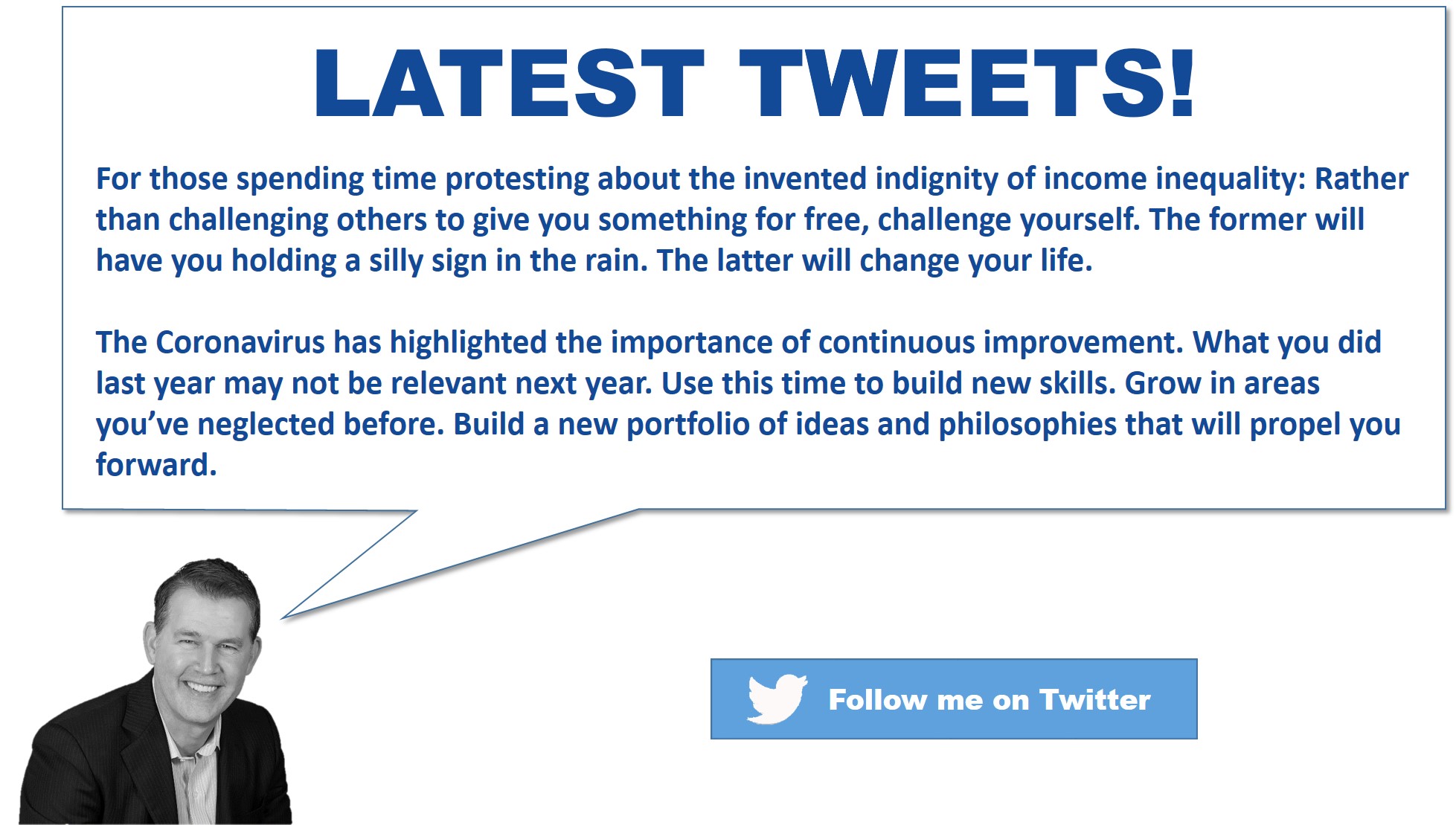“There’s a lot of volatility in the market right now!”
I’m hearing that a lot lately.
And while the market may appear to be more volatile than normal, it’s actually not.
That’s right. The market is no more volatile than it’s ever been.
Let me explain.

Whenever there’s a major down day on the market, it doesn’t take long for the talking heads on TV to proclaim what they always proclaim….
“This time it’s different!”
LOL.
The problem with these all-too-common proclamations is this – facts simply prove them all wrong!
You remember 2008 don’t you?
A parade of bad news. Major financial institutions like Lehmann were collapsing. Banks were going bankrupt. The stock market went over a cliff. The world was going to end right?
But it didn’t.
The malaise of 2008 gave way to the “miracle” of 2009, when stocks were up 26.5% and then the “gift” of 2010, when stocks went up yet another 15.1%. Everything is great right?
Not so fast.
Even 2010 had a pullback. Don’t you remember?
On May 6th of that year, stocks were down nearly 10% at one point intra-day, only to reverse most of that midday fall in the very same day.
Whew!
That’s a lot of volatility my friends. It is. But it’s also something else – normal.
Here’s what I mean.
Despite what the silly people scream about on TV or the internet – that the present market is more volatile than the past – there’s no absolutely no data to support that contention. Zero. Zip. Nada.
Market volatility tends to average about 15%. Yet one of the most interesting aspects of the history of volatility is that it tends to move around a lot. Although most periods generally fall within a band of 10% to 20% volatility, there have been periods when volatility was unusually high and periods when it was unusually low…and often extreme periods in one direction are followed by extreme periods in the complete opposite direction.
Yes, some years are more choppy than others….but that too is also normal. Volatility is volatile. It’s also variable, meaning there’s no way to predict it. And even if you could predict volatility, that and a crisp dollar bill still couldn’t buy you a cup of coffee. You see, volatility in and of itself, doesn’t predict anything. Stocks can, and have, gone up and down, during both above-average volatility and below-average volatility!
Wait, what?
That’s right. Stocks can go up in years of above-average volatility. They can also go down in years of below-average volatility. There’s no predictive pattern with volatility. Periods of low volatility might reflect a calmer market, but they are not a predictor of good, or bad, markets in the future.
From ultra-low levels of volatility to ultra-high levels and back again, the past decade has been unique—but not unprecedented. An historical perspective of volatility reflects that higher volatility periods are normal and they can extend for quarters or years.
Many investors anchored on they perceive as low volatility of recent years and have come to expect that as a normal condition. They were surprised by what they now see as high volatility. Yet as with every cycle, market volatility has again returned…for a while.
So what does all this have to do with wealth building? An understanding of volatility provides a more rational perspective that can help investors understand it and more importantly, to be positioned to take advantage of it.
My friends, most investors act as market lemmings. They follow the crowd into an investment, without doing research themselves; this usually results in losses. These investors are emotional and easily swayed by the current on-goings of how “well” or “bad” they think the market is doing. They have a “herd” mentality that can increase the chance of losing invested funds, because they either leave the market too early or get into it too late, when prices are already too high to make a profit.
My advice is to do your own homework. Study the psychology of investing. Invest wisely and unemotionally. Let a sound investment plan guide you, not the siren call of the day’s headlines. This is what makes for an intelligent investor. And being an intelligent investor is the precursor for building a fortune. And fortunes set you free.
Be free. Nothing else is worth it.
P.S. Why aren’t you wealthy yet? It’s because of something you don’t know. Otherwise you’d already be rich. Isn’t it time to learn what you don’t know? Consider signing-up for my newsletter below, to help you build wealth faster.
P.S.S. Looking to make an overnight fortune? Don’t sign-up to receive my newsletter below. There’s no magic secret. Becoming financially free takes time and dedication. But learning professional-grade money skills can have a life changing effect. If you’re ready to put in the work and learn, I can show you how to achieve financial freedom faster than normal.
P.S.S.S. There’s nothing for sale on this blog or in my newsletter. That’s right. Unlike other sites who claim to help people achieve financial success, I’m not trying to sell you anything. In fact, I find it a little disgusting that some sites insist that you buy something before they teach you how to become rich. Here on my blog and in my newsletter, I just provide actionable advice for free. It’s my way to give back. What do you have to lose? Subscribe today.
Ready for more tips on how to achieve the free life? Check-out more articles from the blog archives below:
Didn’t Accomplish All Your Financial Goals In ’19? Here’s 8 Tips To Ensure You Nail Them In 2020!
The One Single Money Mantra That Has Created More Millionaires Than Any Other Out There!
Passive Income Sets You Free. That’s Why It’s Odd That So Many People Are So Passive About It?!?







